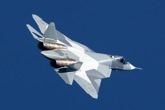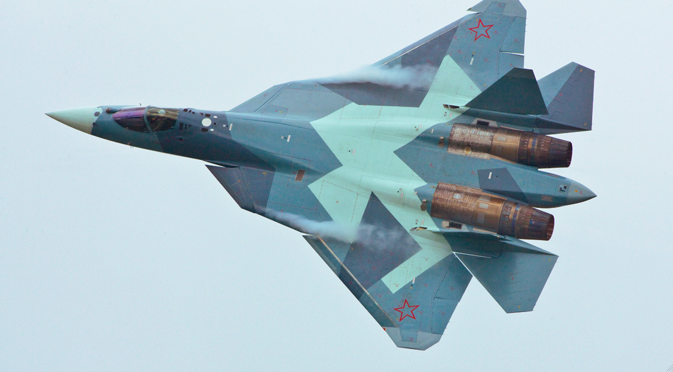Russia and India agree on contract to develop FGFA

The base for the FGFA aircraft is the Russian fifth generation fighter T-50.
Alexey Filippov/RIA NovostiA contract for development work (R&D) of the Russian-Indian fighter FGFA project has been negotiated and will be signed in the coming months, The Indian newspaper The Tribune has reported, citing sources in the country’s Defence Ministry.
The agreement involves the second phase of the work on the FGFA fighter. The first contract for development of future machine’s technical aspects, signed in 2010, was completed in June 2013 and cost 295 million dollars. For over two years after that, a harmonization of conditions for further work on the aircraft continued.
Under the second phase contract, full-scale R & D will be launched, for development of the fighter, taking into account Indian requirements. The value of the transaction for the period of seven years (including the designing of the aircraft and three years before the machine’s first flight) is estimated at four billion dollars.
The Indian Air Force is interested in buying a total of around 200 of these fighters.
The base for the FGFA aircraft is the Russian fifth generation fighter T-50, designed and built by the Sukhoi Design Bureau in the framework of the PAK FA project.
Previously announced estimates state that India's share in the structure of works on the creation of FGFA will reach 40 percent (initially, only 13 percent was proposed).
New Delhi has put forward more than 40 specific requests. These include making use of the latest Russian engines, providing a cruising supersonic speed (the currently available AL 41F1 engines are not suitable for India’s requirements), an airborne radar system with all-round visibility; and reduced radar visibility in comparison with the prototype.
First published in Russian by Lenta.ru.
All rights reserved by Rossiyskaya Gazeta.
Subscribe
to our newsletter!
Get the week's best stories straight to your inbox

